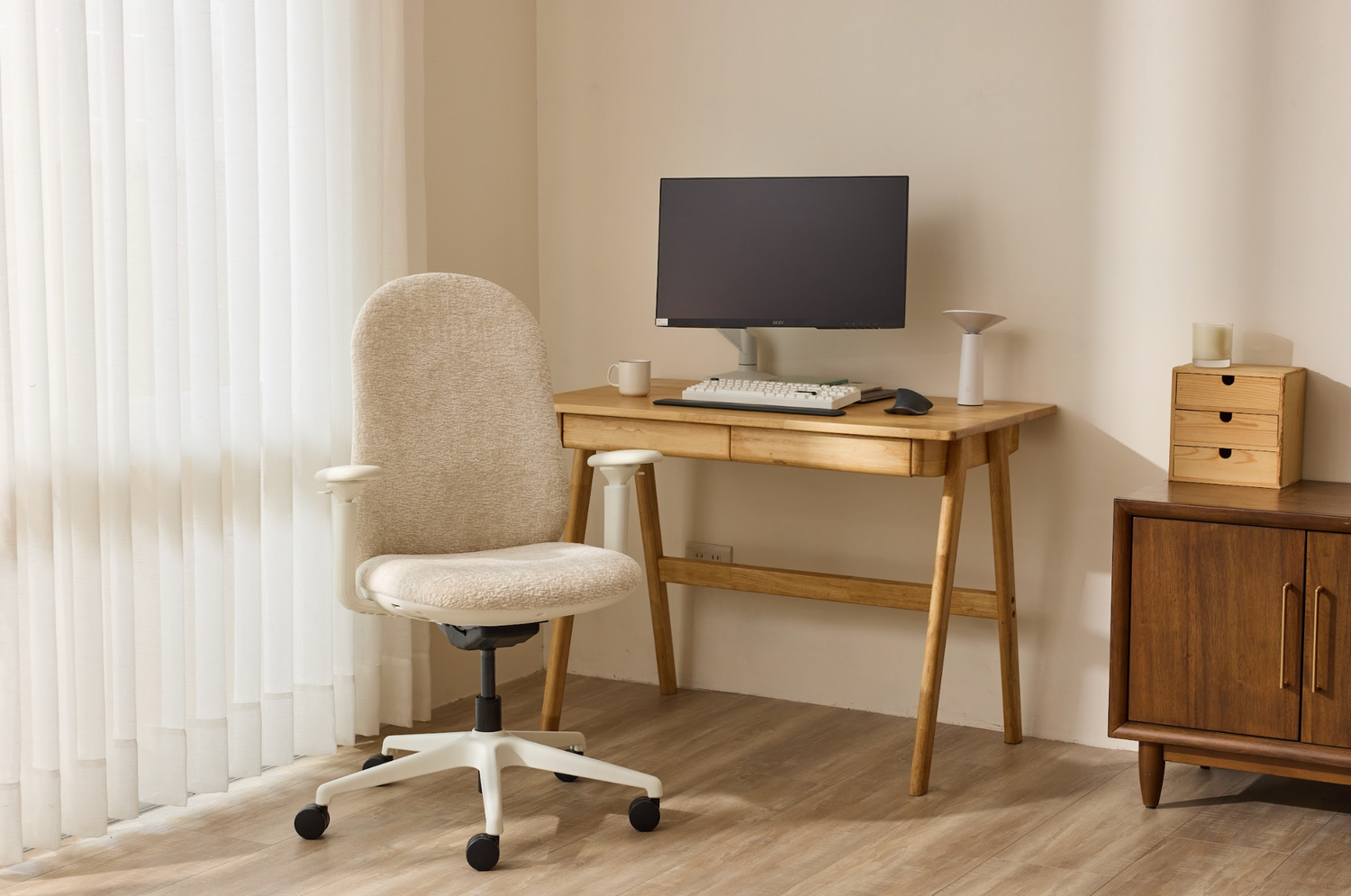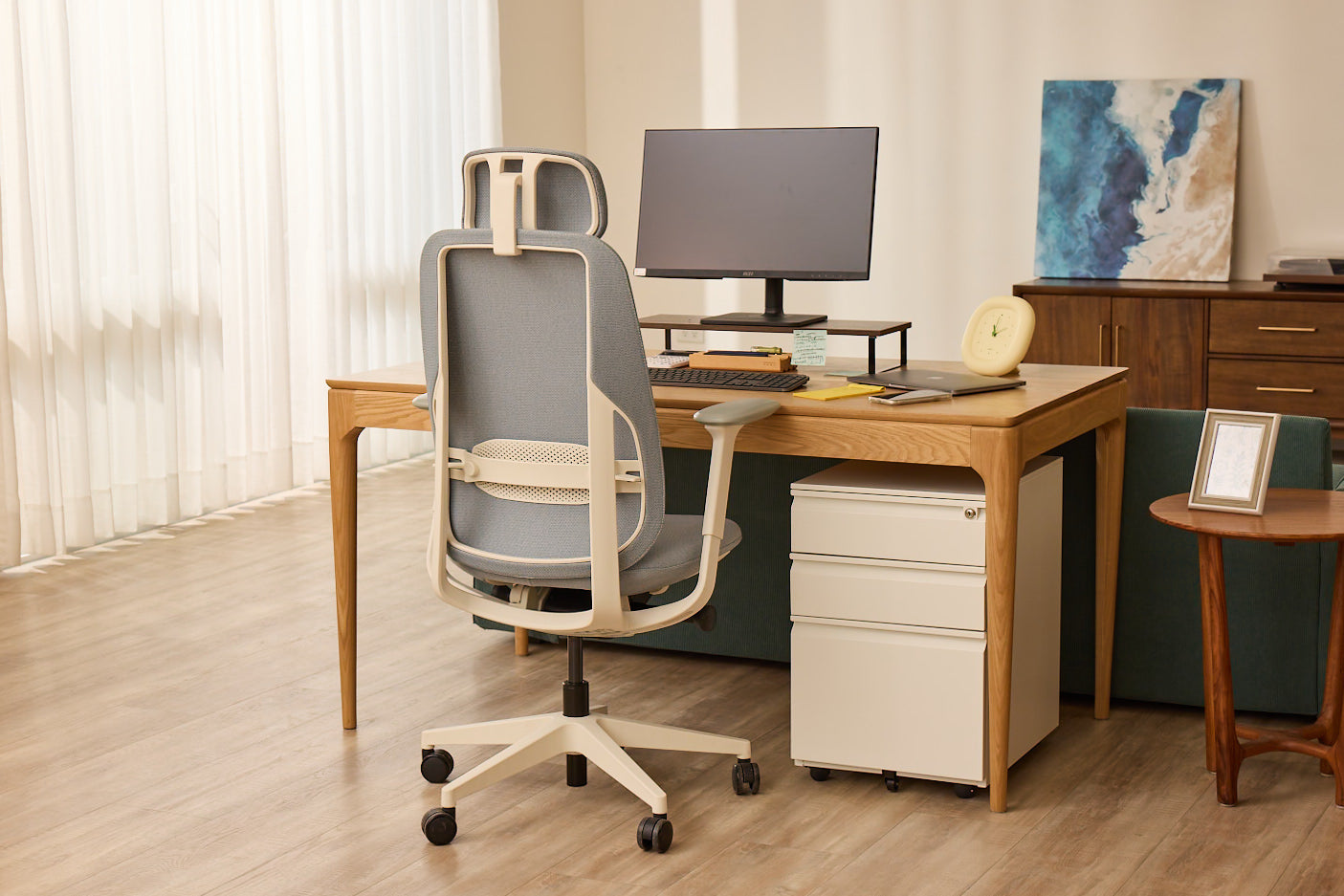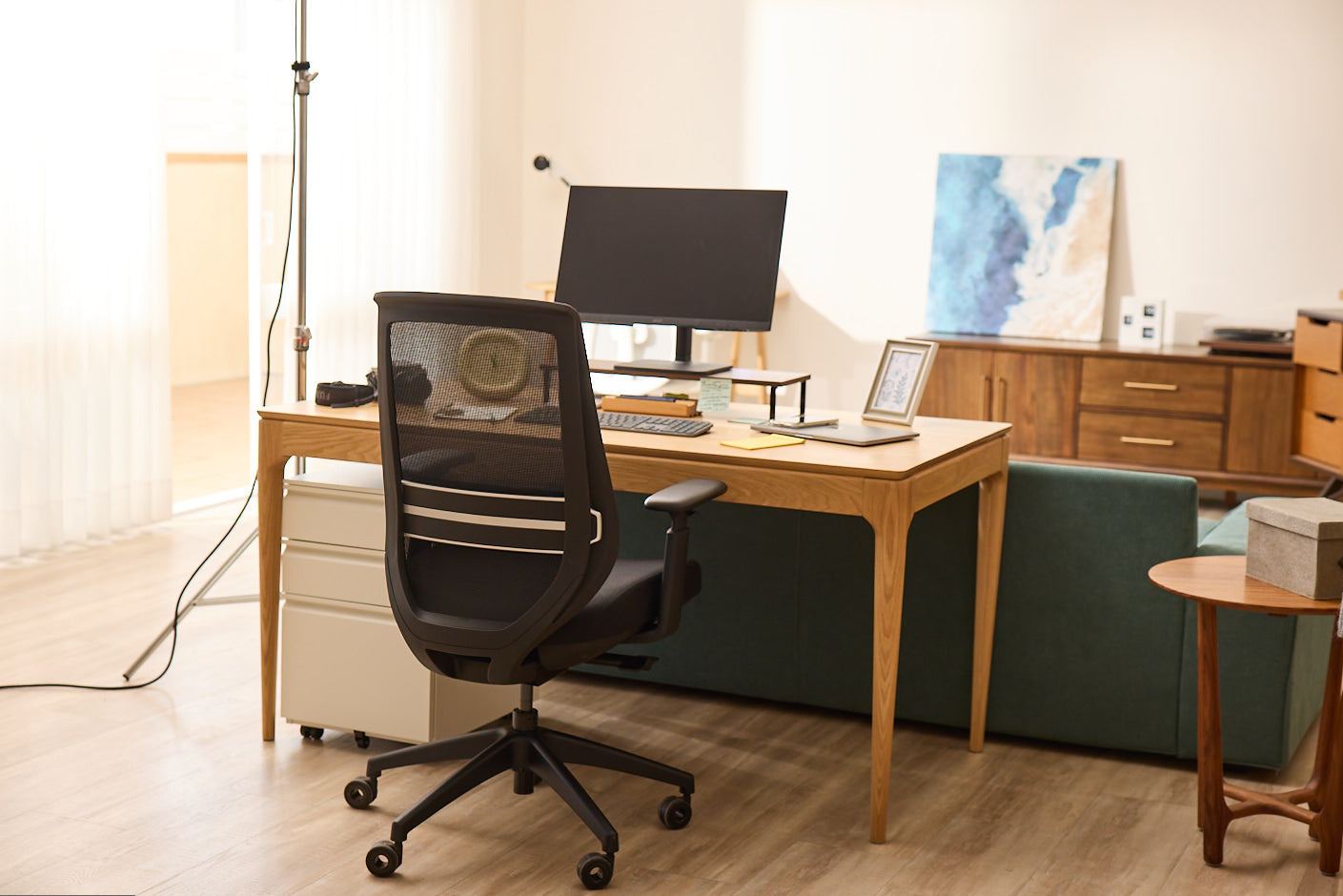A well-adjusted office chair is essential for maintaining good posture, reducing discomfort, and boosting productivity. Many people experience back pain and fatigue simply because their chair isn’t set up correctly. Follow this step-by-step guide to optimize your office chair for maximum comfort and ergonomic support.
1. Adjust the Chair Height
- Proper chair height ensures that your feet rest flat on the floor and your knees are at a 90-degree angle.
- Stand in front of your chair and adjust the height so the seat is just below your kneecaps.
- Sit down and ensure your feet are flat on the floor, with your thighs parallel to the ground.
- If your feet dangle, use a footrest for additional support.
2. Set the Seat Depth
- The right seat depth prevents pressure on your thighs and promotes circulation.
- Sit back in the chair so your lower back touches the backrest.
- There should be about 2-3 inches of space between the edge of the seat and the back of your knees.
- If your chair has a seat depth adjustment, slide it forward or backward to achieve this spacing.
3. Adjust the Lumbar Support
- Proper lumbar support maintains the natural curve of your spine and reduces lower back strain.
- Raise or lower the lumbar support until it fits snugly in the curve of your lower back.
- If your chair lacks built-in lumbar support, consider using a separate lumbar cushion.
4. Set the Backrest Tilt and Tension
- The backrest should provide support whether you’re sitting upright or reclining slightly.
- Adjust the tilt so that your back remains supported while keeping your feet flat on the ground.
- Use the tension control to modify how much force is needed to recline comfortably.
- Avoid reclining too far, as this can reduce support for your lower back.
5. Adjust the Armrests
- Proper armrest positioning helps prevent shoulder and wrist strain.
- Position the armrests so your shoulders remain relaxed, not hunched.
- Your elbows should rest at a 90-degree angle while typing.
- Adjust the width of the armrests so your arms stay close to your body.
- If the armrests are too high or wide and aren’t adjustable, consider removing them to avoid strain.
6. Position Yourself Correctly at Your Desk
- A properly adjusted chair is only effective if paired with good workstation ergonomics.
- Your monitor should be at eye level to prevent neck strain.
- Your keyboard and mouse should be within easy reach, keeping your wrists in a neutral position.
- Ensure your desk height allows for comfortable arm positioning.
7. Move and Reposition Regularly
- Even with a perfect setup, staying in the same position for too long can cause discomfort.
- Stand up and stretch every 30-60 minutes.
- Shift your sitting position slightly throughout the day to avoid stiffness.
- Consider using a sit-stand desk for added flexibility.
A well-adjusted office chair is key to maintaining comfort, reducing strain, and improving productivity. By following these steps, you can create an ergonomic seating setup that supports your posture and overall well-being. Explore Remo Works for high-quality ergonomic chairs designed to keep you comfortable while working.




Leave a comment
This site is protected by hCaptcha and the hCaptcha Privacy Policy and Terms of Service apply.